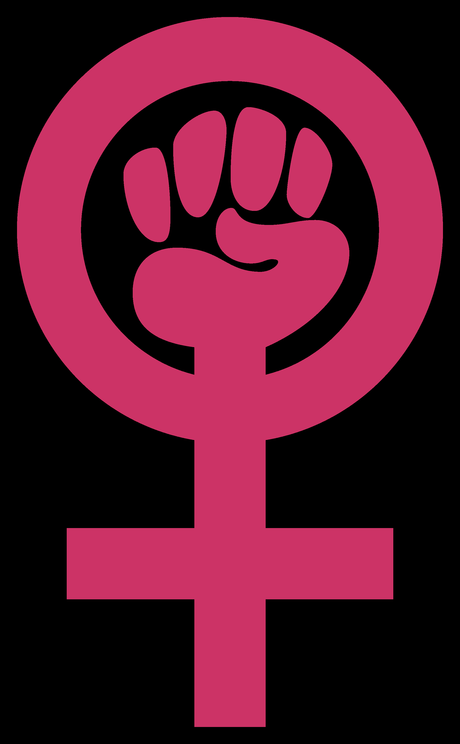
Feminism is, and must be, for everyone.
For a long time, the feminist movement failed to include the voices of marginalized groups. While criticism of this reality has seemed to particularly emerge in recent years, the feminist movement must do more than just talk about “white feminism” — we have to actively push back on it.
Various versions of white feminism have persisted for decades. The “first wave” of feminism, which began as a political movement to help women with legal rights like the right to vote, was led mostly by white activists like Elizabeth Cady Stanton, Carrie Chapman Catt, Ida B. Wells, and Susan B. Anthony (although Sojourner Truth was a notable, powerful exception). The second-wave of feminism emerged in the 1960s and focused on inequalities ranging from reproductive rights, to sexuality, to life in the workplace — but, again, straight, white women were most visible in these fights.
The wave that followed, however, attempted to address this. This iteration, which was coined the “third wave” by Rebecca Walker in the 1990s, criticized the second wave’s exclusion of groups like queer and non-white individuals as a result of a dominant, hegemonic group of straight white women remaining at the forefront of the movement. This recognition of the movement’s ineffective incorporation of different perspectives in turn created the space for “Third World” feminism to develop. Activists and writers like Cherríe Moraga, Gloria Anzaldúa, and Chela Sandoval theorized and practiced this movement, which aimed to reshape the politics of feminist theory to create spaces where differences wouldn’t be denied and intersecting identities of race, gender, sexuality and class would be connected and directed toward liberation for women of color. In Methodology of the Oppressed, for example, Chela Sandoval introduces the concept of “oppositional consciousness,” an ideology that contests and rejects the truth claims of the dominant social order and permits the individual to break with dominant ideology and speak from within the divided movement.
But even despite the emergence of this ideology years ago, the current feminist movement continues to exclude many marginalized groups and is arguably still mired in “white feminism.” While most feminists can agree that the movement is defined as one that seeks to achieve social, political, and economic equality for all, white feminists undeniably have more privilege than others in that their race doesn’t compound their experience of oppression. White feminism problematically assumes that this experience is the norm: It standardizes white women’s experience of sexism, largely divorced from their race, as the normative way women experience sexism and inequality — an incredibly exclusionary and dangerous perspective and approach.
In order to transform mainstream feminism and center it around women of color, queer women, and other marginalized groups, the feminist movement must raise “oppositional consciousness.” This means looking to the scholarship of “Third World” feminism and learning how to turn oppression into opportunities for resistance. It means continuing to focus on intersectionality and creating a movement in which instead of dominating the movement or excluding the experiences of others, white women commit to exercising silence when appropriate. Doing so will make dismantling the power systems that exist within the feminist movement accessible to the most marginalized in the movement — and, in turn, empower feminists to take on the bigger power systems that oppress us all.

